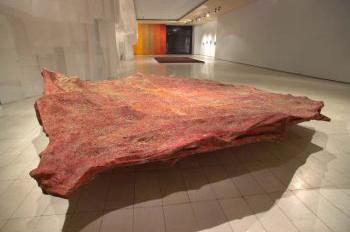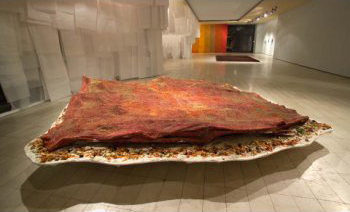φ21°33', λ41°21'
Ecology Information No. 1
December, 2005
|
| 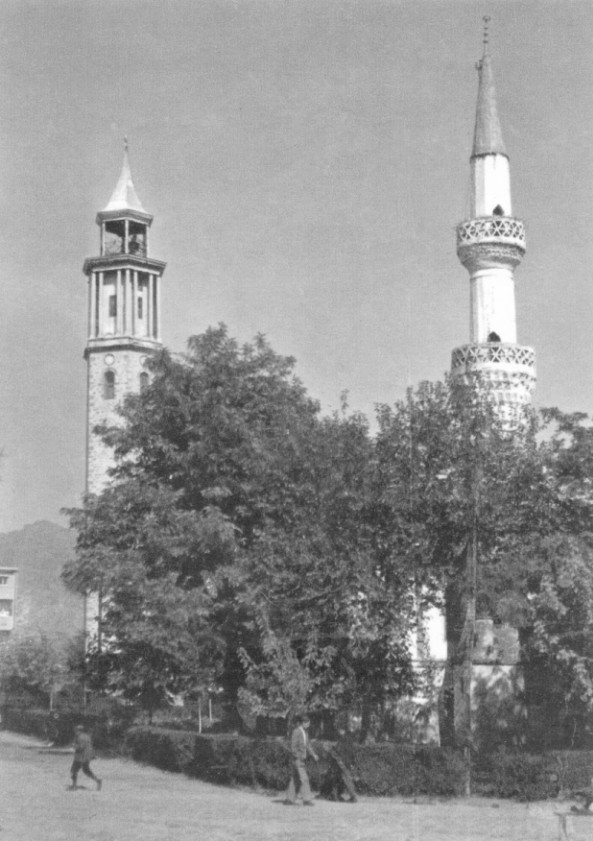 | 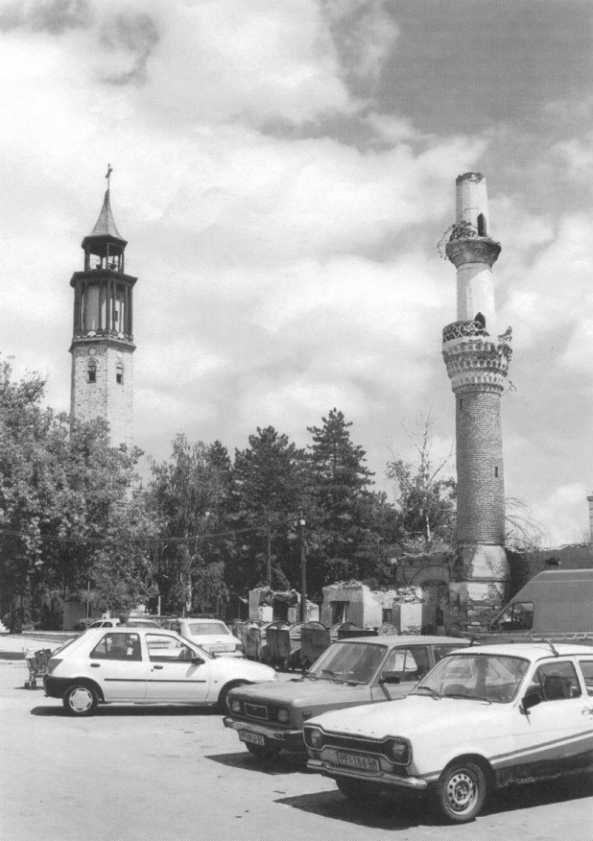 |
About The Project: φ21°33', λ41°21', working title: "The skin of Prilep environment"
This "Eco - Study of Prilep Environment" began following the conversation between Petre Nikoloski and Jasmina Arnautovic relating to the state of the ecology in the town of Prilep and its surroundings. After the meeting with the representatives of scientific and cultural institutions (April 2005), we began a survey of all possible walks of life within Prilep's environment, to mention but e few:
demography, health, planning, architecture, protection of historical, religious and sacral building, education, after-school activity's, sport, religion, state of racial tolerance and cooperation, geology, water supply, air quality, radiation, exploitation of natural resources, agriculture, food products and tobacco production, social conditions, employment and culture! The result will be an Anthropological Survey of that environment, to be precise a mosaic of the CONTEMPORARY LANDSCAPE of Prilep environment. Introduction: Jasmina Arnautovic |
 Photographer unknown,
made early 1950's
The Clock Tower and the Mosque The first Clock Tower in Prilep had been constructed from sawn planking and located on the same position as todays' Clock Tower. The exact year of its construction has remained unknown. It was raised to the ground in a big fire that inflamed the Prilep's Bazaar in 1854.
The inhabitants of Prilep wanted to have a new Clock Tower and so the authorities, together with citizens, started to collect money for a new tower built in stone, "to last for good". The main builders were Kosta Lauco and Riste Taslamice, known for their building skills not only in Prilep but in the wider area. They were also the architects of the Tower. The mechanism for the new Clock Tower, just as for the old one, was brought from Wien, Austria and it functions well even today, after a century and a half.
"The heart and brain" of the clock had started to tick on the big metal bell in May 1858, when its song was heard all over Prilep and its vicinity. According to the legend, "the Clock sang from sunrise to sunset". There was a big feast in Prilep and it lasted three days long, just like a fair.
Thirty meters from the Clock Tower stands a mosque called Charshi Dzamia (The Bazaar Mosque).It is the second oldest, after the first one called Skrshena Dzamia (The Broken Mosque) and dates from 1475, immediately after the Osmanli conquest of Prilep. It was built during the rule of sultan Mohammed the second. The mosque is distinguished by its rare example of minaret, built in the style of Islamic architecture.
No proof has been found for previous existence of church on the location where the Mosque was built. It is also uncertain whether the Mosque was built by an architect or by Turks from Crete.
Blaze Aleksoski
|
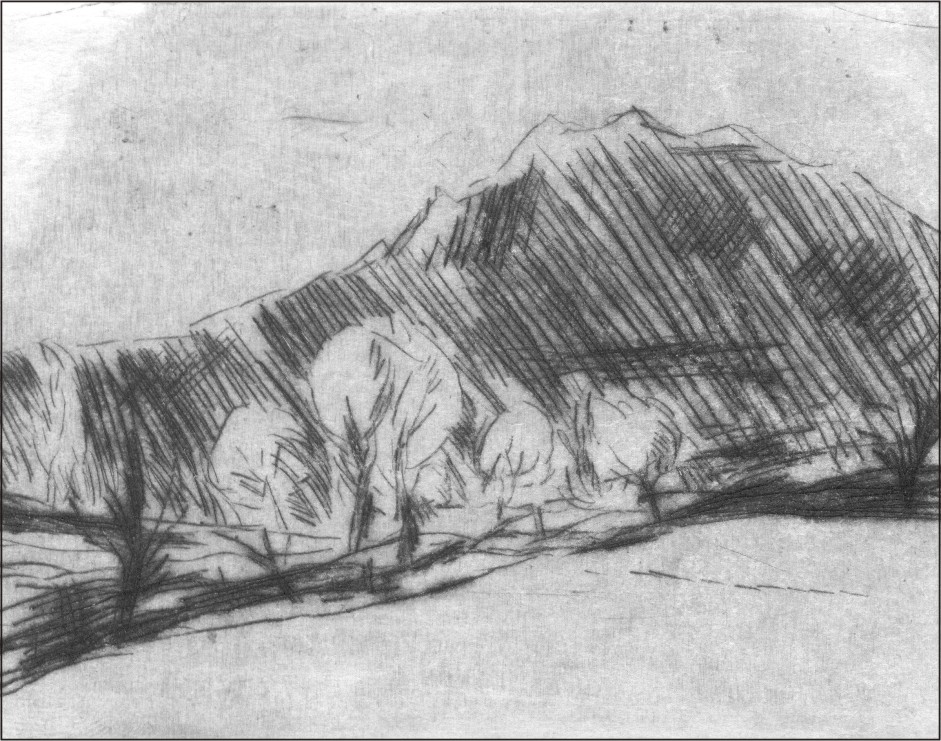
print,
Kiril Gegoski, 2000 |

photography,
Milan Temelkoski, 2001 | | 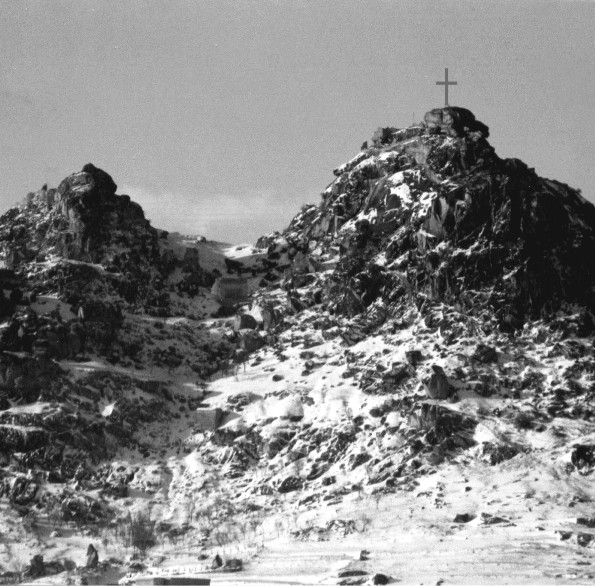
photography,
Milan Temelkoski, 2005 |
Ecology of the mouth
Oral cavity is a border zone between the external environment and the human's organism. Microorganisms existing in it are in ecological equilibrium with one another and with their host as well.
Each disturbance of this equilibrium in the eco-system of oral cavity leads to disease.
One of the most frequent diseases of the civilized world is dental caries.
Due to its flexibility, the dental caries is a serious problem from a health, social and economic point of view. The initial process leading to dental caries is demineralization, when greater number of Ca++ and phosphate (PO4-) ions are removed from the tooth enamel than those replaced by the same ions from the sputum. Subsequently, when mineral balance is lost, the subsurface of the enamel becomes damaged, which is frequently visible in a form of white spots on teeth.
Using the latest knowledge and the new approach in their practice, dentists in the region of Prilep would be able to reduce dental caries, which is now spread among 95% of the population!
People have been longing for new truths and knowledge from primeval times.
With the application of new methods in caries treatment, perhaps in several years from now surgical restoration of the caries will be the last step in the treatment, instead of first one, as it has been so far! The caries prevention might become a moving spirit of dentistry in the future!
Ana and Jasmina Petkoski, students of Dentistry, Univerzity of Skopje
Dr Veselin Petkoski, dentist, Prilep
 photography,
Milan Temelkoski, 2005 | |



